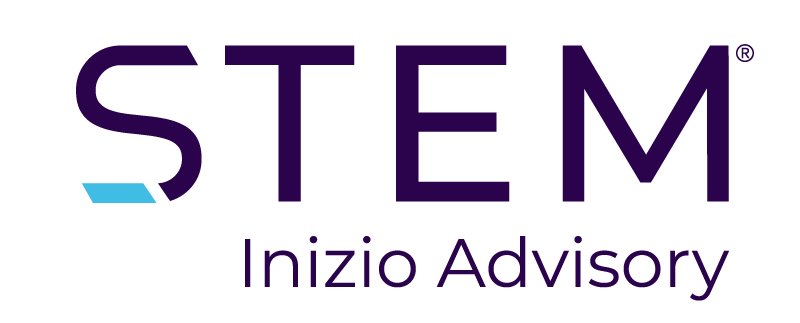Quantifying MSL value and impact: The evolution of the medical science liaison role
Over the past three decades, there has been a significant evolution in the role of Medical Science Liaisons (MSLs) within pharmaceutical and biotech companies on a global scale. Across the globe, the remit of the MSL has grown and expanded as they are being asked to do more and more within their role. No longer are MSLs simply asked to disseminate scientific information and respond to in-depth medical questions with a few Key Opinion Leaders (KOLs). MSLs are engaging new customer types and are getting involved with new engagement activities across the entire asset lifecycle, even as early as the proof-of-concept stage. MSLs are now the scientific face of an organization to a growing number of external stakeholders, including individual KOLs, lead researchers, organized customers, and even patient advocacy groups. The MSL is expected to engage in a wide range of conversations tailored to each customer and their unique needs.
MSLs are now responsible for engaging with a wider variety of key customers across a broader spectrum of topics, and their importance to pharma/biotech organizations has never been greater. Although MSLs are generating more value for their customers and their organizations than ever before, measuring the value and impact of MSLs still remains elusive as there is no consensus within the industry.
Medical organizations across the world continue to wrestle with the question of measuring MSL value. Different methods have been employed to answer this question, including a myriad of internal quantitative and qualitative measures, but there is still a gap in how to effectively measure the impact of MSLs.

